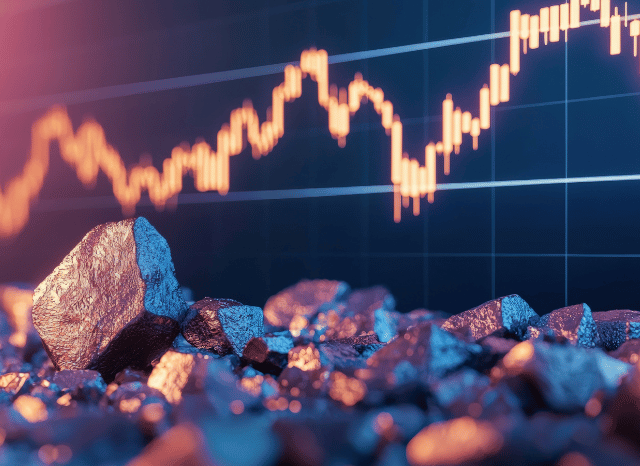
The strategic metals powering the energy changeover at the moment are centre stage in geopolitics and market.
As soon as confined to niche scientific and industrial circles, scarce earth things (REEs) have surged into world-wide headlines—and for good rationale. These 17 elements, from neodymium to dysprosium, are classified as the creating blocks of recent technological know-how, enjoying a central role in every thing from wind turbines to electrical auto motors, smartphones to defence techniques.
As the earth races in the direction of decarbonisation and digitalisation, desire for REEs is soaring. Their job inside the Electricity changeover is essential. Substantial-general performance magnets produced with neodymium and praseodymium are necessary to the electric motors used in each EVs and wind turbines. Other REEs like europium and terbium are beneficial for lighting, shows, and optical fibre networks.
But source is precariously concentrated. China now leads the sourcing, separation, and refining of rare earths, managing much more than 80% of global output. This has remaining other nations scrambling to develop resilient provide chains, minimize dependency, and secure usage of these strategic assets. Therefore, uncommon earths are now not just industrial materials—they're geopolitical belongings.
Traders have taken here note. Interest in scarce earth-linked stocks and exchange-traded resources (ETFs) has surged, driven by both equally the growth in cleanse tech and the need to hedge in opposition to supply shocks. Still the market is elaborate. Some firms remain within the exploration period, Other people are scaling up output, although a handful of are currently refining and providing processed metals.
It’s also important to know the difference between exceptional earth minerals and scarce earth metals. "Minerals" make reference to the raw rocks—like bastnasite, monazite, xenotime, or ionic clays—that have exceptional earths in purely natural form. These need intensive processing to isolate the metallic components. The term “metals,” Alternatively, refers to the purified chemical components used in high-tech applications.
Processing these minerals into usable metals is costly. Beyond China, several international locations have mastered the total industrial method at scale, even though locations like Australia, the U.S., Vietnam, and Brazil are Operating to vary that.
Need is becoming fuelled by several sectors:
· Electric powered mobility: magnets in motors
· Renewable Strength: especially wind turbines
· Consumer electronics: smartphones, laptops, sensors
· Defence: radar, sonar, precision-guided units
· Automation and robotics: increasingly important in field
Neodymium stands out as a very useful rare earth resulting from its use in effective magnets. Others, like dysprosium and terbium, increase thermal steadiness in large-general performance applications.
The unusual earth current market is risky. Costs can swing with trade policy, technological breakthroughs, or new provide sources. For investors, ETFs supply diversification, when immediate stock investments include increased risk but probably increased returns.
What’s crystal clear is usually that scarce earths are now not obscure chemical curiosities—they’re strategic means reshaping the worldwide financial state.
Comments on “Scarce Earth Component Minerals: International Provide and Desire by Stanislav Kondrashov”